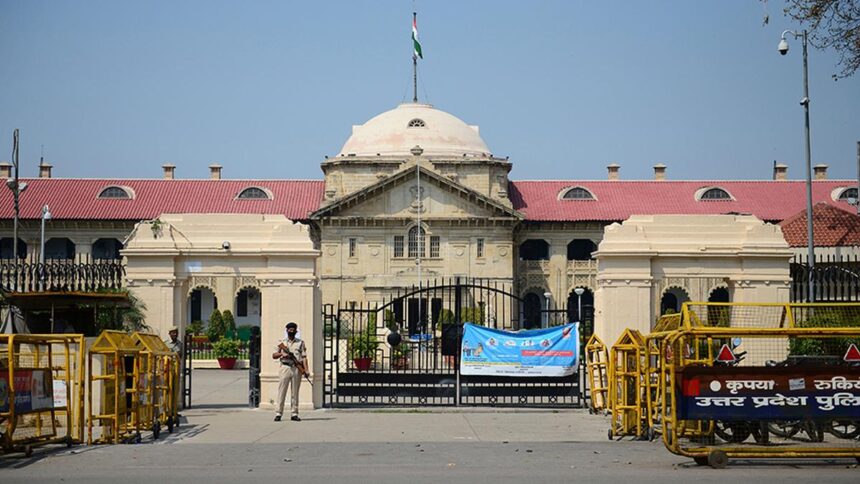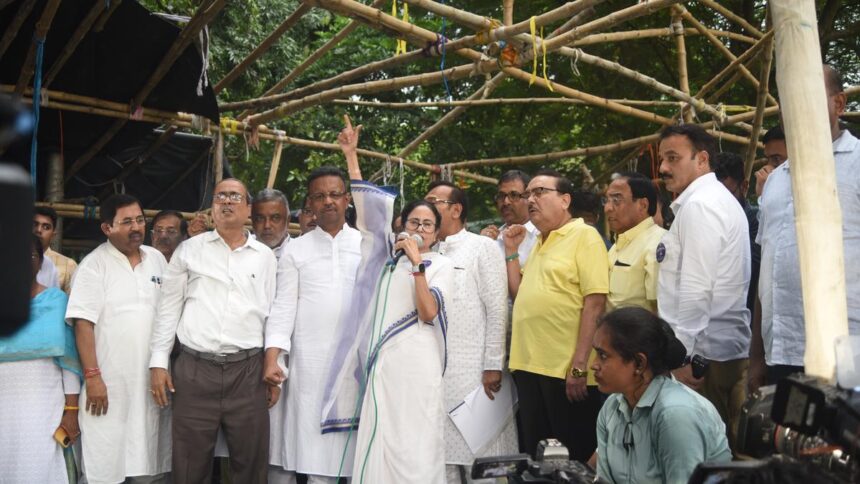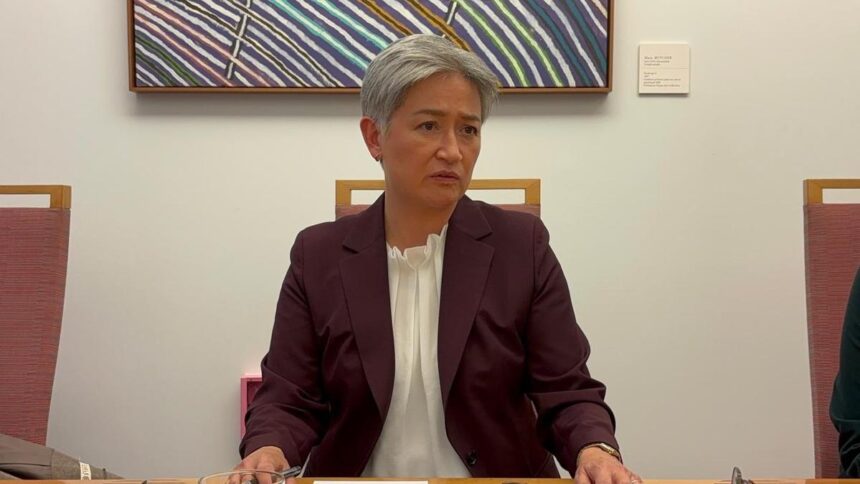
Women walk on a road in New Delhi as the sky is enveloped with smog. (File photo)
| Photo Credit: REUTERS
The World Health Organization (WHO) has launched a new series of Science and Policy Summaries (SPS) to support global efforts to reduce air pollution and its significant health impacts, especially in low- and middle-income countries.
The SPS series was introduced following the Second WHO Global Conference on Air Pollution and Health in Cartagena, Colombia, in March 2025, which brought together ministers and stakeholders from across sectors.
Air pollution is a leading global risk factor for noncommunicable diseases. In 2021 alone, about 6.4 million deaths were linked to exposure of particulate matter, particularly in low- and middle-income countries, which account for 93% of related deaths.

The SPS offers accessible, evidence-based insights for policymakers, practitioners and the public. They explore the health effects of air pollution, the vulnerabilities of children, pregnant women, older adults and outdoor workers, and the dangers of indoor pollutants such as radon and biomass smoke.
Led by experts including from various countries, the summaries propose practical solutions across sectors like transport, agriculture, waste management and energy. Cross-cutting issues such as legislation, climate change, and transboundary cooperation are also addressed.
Kalpana Balakrishnan, Sri Ramachandra Institute for Higher Education and Research, India, and Director of WHO Collaborating Centre for Research and Training in Occupational and Environmental Health, who was involved in crafting the summaries, said that each summary is the result of peer-reviewed, multistakeholder collaboration.

“The primary aim is to empower the health sector to take a leadership role by equipping it with science-backed, sector-specific information on emissions and interventions. The summaries also address transboundary air pollution, as countries need to work together. They also highlight vulnerability considerations to help prioritise communities in urgent need of alternatives. In addition to synthesising current research, they serve as a risk communication tool to encourage shared understanding and promote coordinated action across sectors and borders,” said Ms. Balakrishnan.
Published – July 25, 2025 01:01 am IST





















